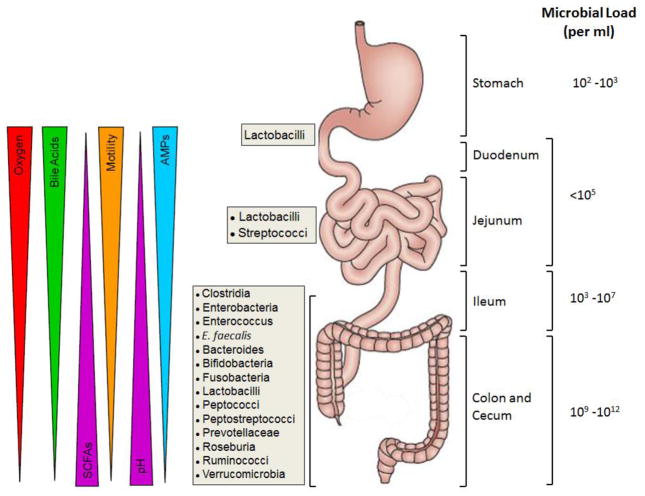Figure 2. Spatial organization of microbial communities and physiological gradients along the mammalian gastrointestinal tract.
The numbers and types of bacterial communities, as well as physiological factors vary along the length of the gastrointestinal (GI) tract. It is well-appreciated that the oxygen levels, bile acid concentrations, intestinal motility, antimicrobial peptides (AMPs) and luminal pH in proximal portion of the GI tract (stomach, duodenum, jejunum) play major roles in restricting the numbers and types of microorganisms. In general, aerobic and facultative anaerobic bacteria are found almost exclusively in the proximal portion of the GI tract. The hypoxic nature and more physiological pH of the distal small intestine (ileum) and colon coupled to overall reductions of bile acids, AMPs and gut motility, allows for unfettered growth of large numbers of obligate anaerobic bacteria. These oxygen-sensitive microbes are capable of producing large quantities of short chain fatty acids (SCFAs; acetate, proprionate, butyrate) from complex carbohydrates (fiber) to be used for important colonic and immunologic processes. Figure derived from [38,139,214]. The anatomical structure of the gastrointestinal tract with associated microbial communities and bacterial load were reproduced from reference 139 with permission.

